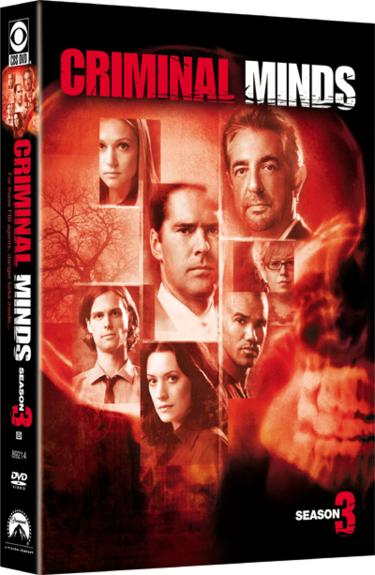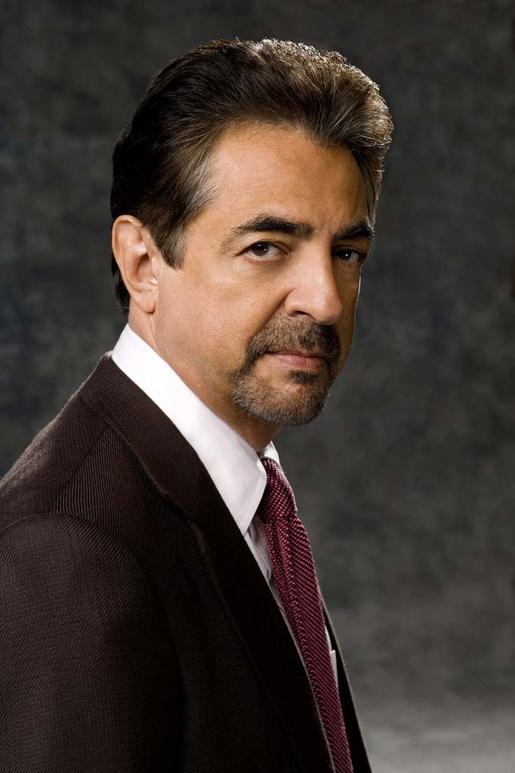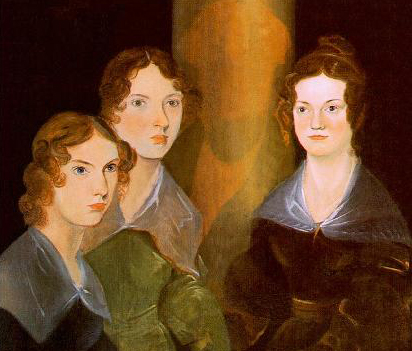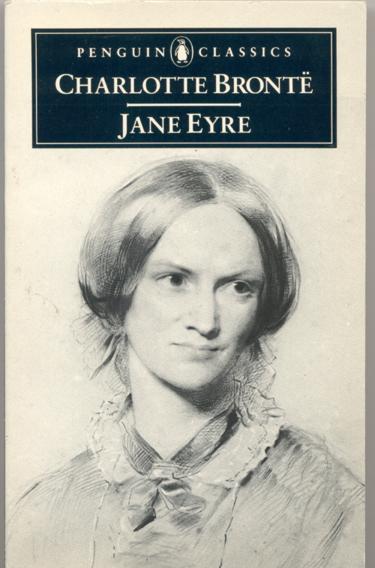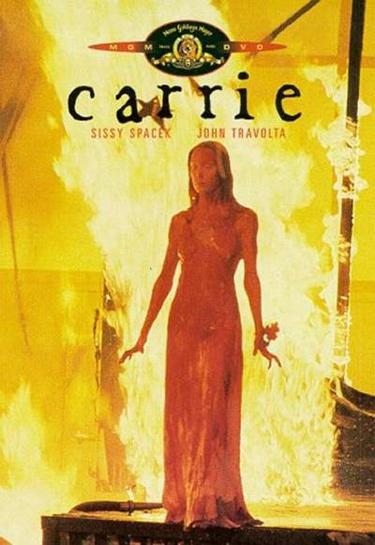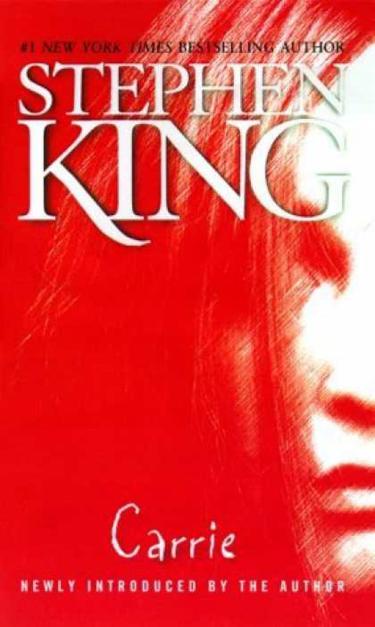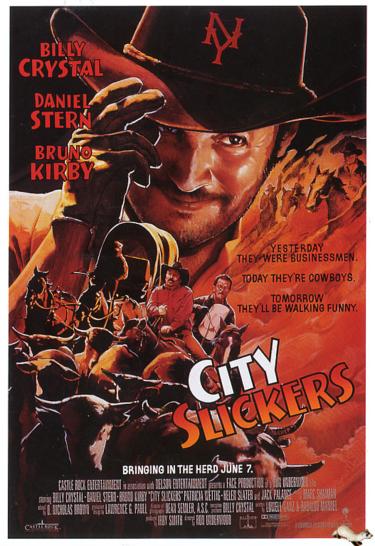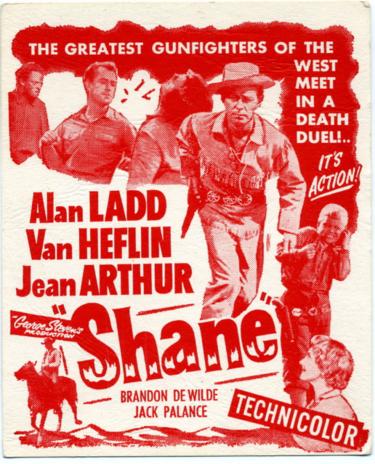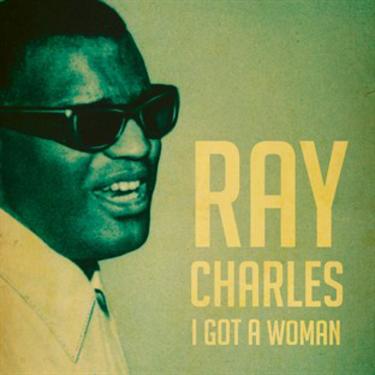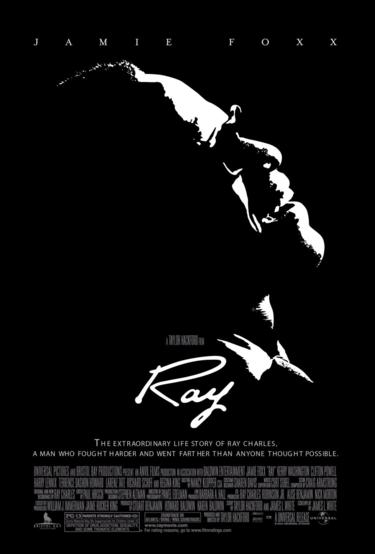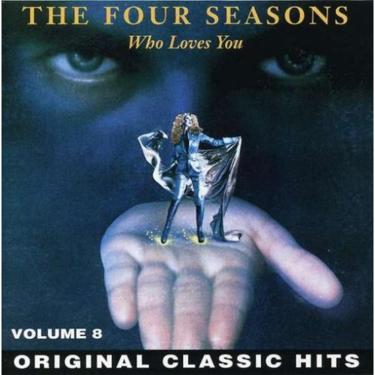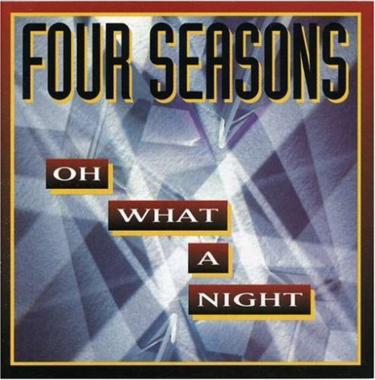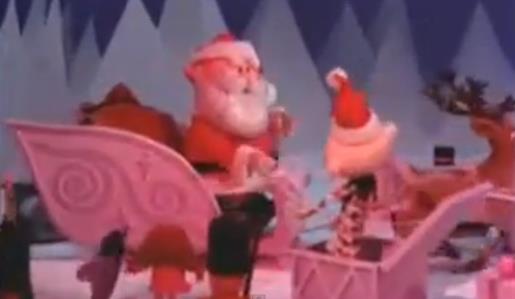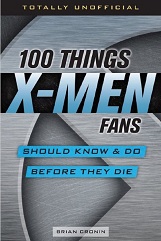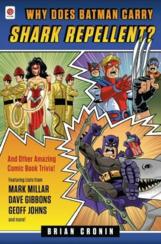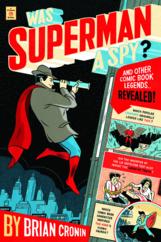Here is the latest in a series of examinations into urban legends about movies and whether they are true or false. Click here to view an archive of the movie urban legends featured so far.
MOVIE URBAN LEGEND: Sigourney Weaver actually making a trick shot ended up causing a bit of a scene during the filming of Alien Resurrection.
You don’t need me to tell you that the amazing basketball shots, home runs and touchdown passes in films are invariably achieved through trick photography. Sometimes, the scenes are less well done as others (the basketball game at the end of Teen Wolf, for instance, has a special place in film historians’ hearts for its awfully unrealistic looking basketball sequence – like people barely bending their arms on their shots but the ball just happens to fly right into the basket).
Well, that was NOT the case in the film, Alien Resurrection…
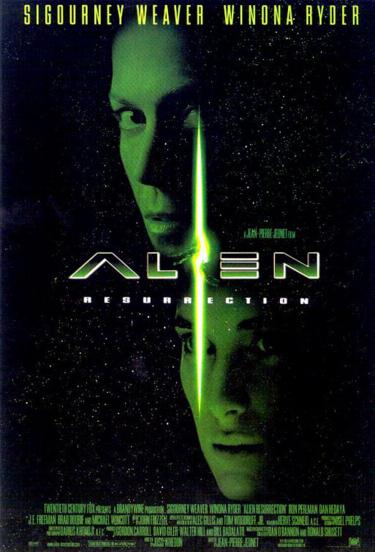
Ellen Ripley, played by Sigourney Weaver, is effectively brought back from the dead via cloning by “The Company” after her death in the third Aliens movie (she killed herself because she had a Queen Alien embryo implanted in her)
The new Ripley, though, has enhanced abilities due to her DNA merging with the Alien.
She demonstrates these skills on the basketball court. Ripley is sparring with a group of mercenaries, particularly a character called Johner, played by Ron Perlman.
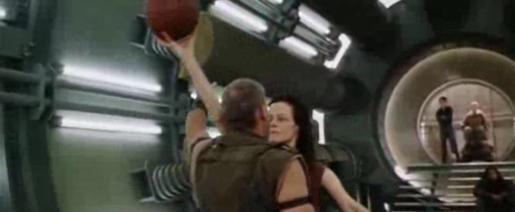
To demonstrate her new powers, Ripley was to shoot a basketball one-handed with her back to the basket a goodly distance away and have it go in.

Weaver was determined to make the shot “live,” and had practiced to the point where she could actually make it about once every six shots.
Director Jean-Pierre Jeunet was getting a bit impatient, as he was perfectly fine with just using trick photography (or special effects) to get the shot, but Weaver was adamant. Ultimately, Jeanet agreed to give her six takes to get the shot in.
Weaver missed the first five times, but on the sixth try, the ball went right in!!
Read the rest of this entry »
